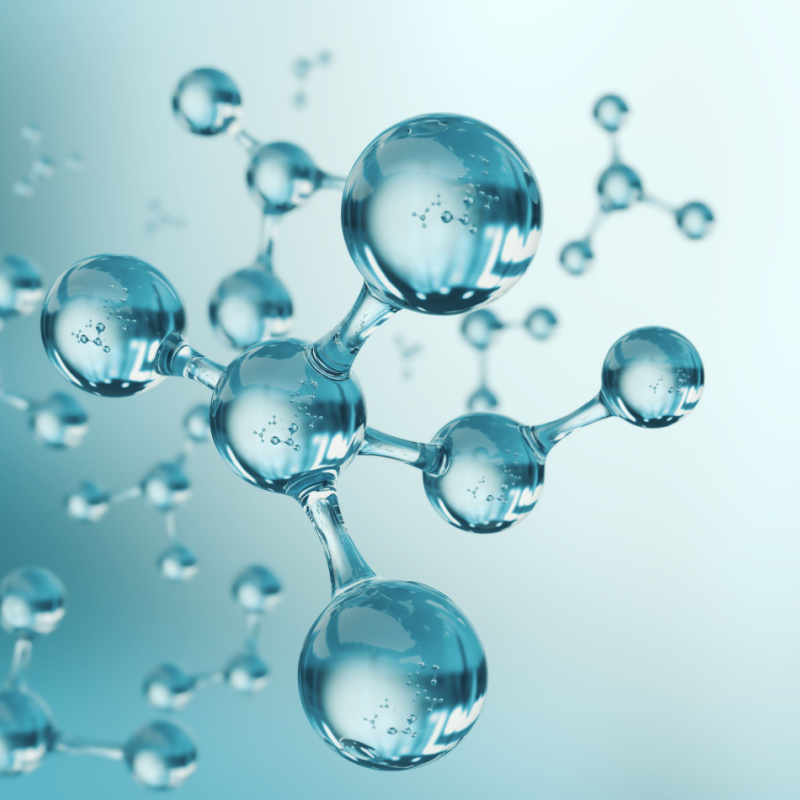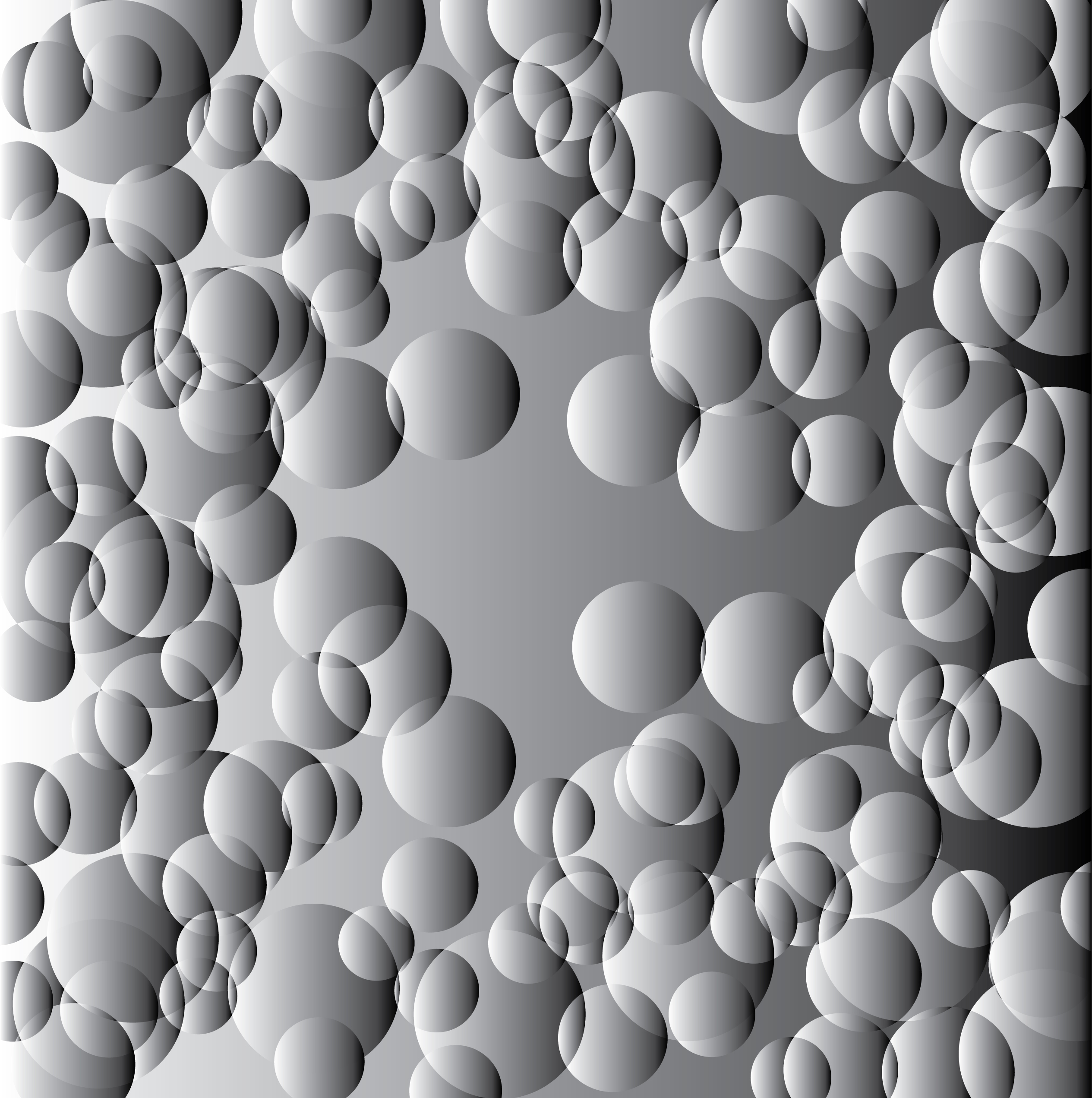Petrochemicals

Propylene Demand
Over the next decade, the global production capacity of propylene is expected to expand from 130 million metric tons in 2020 to approximately 192 million metric tons by 2030. As refineries and steam crackers shifted to lighter feedstocks, a significant amount of propylene capacity has disappeared. It is expected, by 2030 nearly 30% of the global propylene supply will be on-purpose production.
Propane Dehydrogenation
Catalytic propane dehydrogenation (PDH) to form propylene is an attractive process since it produces only propylene and not a mixture of products. ExOlt, a mixed-metal oxide based PDH catalyst represents a paradigm shift in on-purpose propylene production. It offers attractive economics while being both safe and environmentally sound.
The ExOlt catalyst is a mixed-metal oxide system with a high concentration of Lewis acid (LA) sites. Lewis acid sites activate the C-H bond, and exhibits high catalytic performance for PDH. The ExOlt catalyst takes advantage of the Lewis acid–base surface functionalities of mixed-metal oxides to convert propane to propylene without the need for Platinum or Chromium


Naphtha Cracking
Catalysts used in cracking processes are made up of several components. An acid zeolite is key to achieve high activity and selectivity to light olefins. The protolytic cracking mechanism allows the formation of large quantities of ethylene and propylene from naphtha range reactants.
The ExSel catalyst is a multifunctional zeolite that promotes protoytic cracking of naphtha to light olefins. In addition, ExSel catalyzes the reaction of ethylene and butenes to propylene via the metathesis reaction. As a result, propylene yields are significantly higher than most conventional cracking catalysts.
